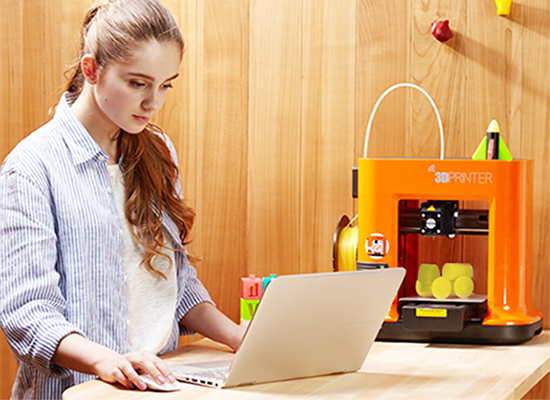5 Ways Technology Is Making Students Anxious

Psychological well-being as measured by self-esteem, life satisfaction, and happiness suddenly decreased amongst students after 2012. This decrease in psychological well-being and increase in anxiety levels are linked to the advent of smartphone technology and screen time.
A new study that involved more than a million American high school students, found that adolescents who spent more time on screens (e.g., social media, the Internet, texting, gaming) and less time on non-screen activities, experienced lower psychological well-being. Adolescents who spend little time on electronic communication were the happiest.
In short, technology makes teens unhappy, but why? What is it about technology that makes people unhappy? Psychologist, Dr. Ellen Hendriksen, puts forward five ways technology exacerbates anxiety in people.
1. Technology insulates us from small uncertainties, leaving us vulnerable to real-life situations
Hendriksen explains that uncertainty is the root of anxiety. To some degree, technology takes a lot of the uncertainty away by answering our many questions instantly. Google maps will take you to your destination directly; if you need to find out the latest tips to ace a job interview, Google will tell you. You can even practice interview questions.
So, why are we still anxious? The thing is, technology provides answers to questions about things to do, not about life as it happens. Glassdoor can’t really prepare you for an interview in an unsettling environment, you have to deal with it as it happens.
“Because technology has lessened our experience handling uncertainty, we’re less prepared to deal with ambiguity when it arises,” explains Hendriksen.
2. Technology allows us to avoid people (and the negative emotions that go with people)
Features and apps are absorbing and allow us to avoid other people – we can simply order a pizza instead of standing in line for one. The only problem is that when we start to habitually avoid interaction with others in this manner, we forget how to interact and we lose our confidence.
Hendriksen points out that what we are really avoiding is the uncomfortable emotions that go with interacting with people, like awkwardness, anxiety, boredom and self-consciousness. Avoiding these situations means we never get an opportunity to handle them and grow in maturity.
3. On-screen communication is not the same as face-to-face communication
When we send a text message on our phone or write an email, we have time to compose, edit, and perfect our communication, whereas face-to-face communication happens unedited in real-time.
When we’re used to taking our time to think of exactly what we want to say, it becomes difficult to respond in a spontaneous way when facing another person. And again, if we don’t have enough experience of talking to another person, when we have to, we don’t have the confidence to do it, which makes us anxious.
4. Social media is judgment in public
Social media is public. Whether you admired or despised, the comments are there for everyone to see. How damaging that can be we know from a number of very public suicides, even by children. Social media is a cruel minefield for young people.
Says Hendriksen: “Social anxiety is a fear of being revealed and judged as somehow deficient. And social media pushes all those buttons perfectly.” So we put a lot of effort into curating a perfect image of ourselves but in the long run it’s not a strategy that can stand the test of time. In the end, the gap increases between what we project and who we actually are and we become anxious about being found out.
5. The “compare and despair” trap
Life, as depicted on social media, can look picture perfect and enviable and it’s hard not to compare and end up feeling inadequate or inferior, which again, adds up to social anxiety. You tell yourself that this woman with this perfect body lounging in the latest designer sofa, also has problems she’d rather the world doesn’t know about, but still, you’re green with envy. Comparing ourselves to others always leads to unhappiness.
The solution? Don’t let technology rule you. Realize that it’s addictive and that you can take action to break the cycle. Here is a good online resource to get you started.





